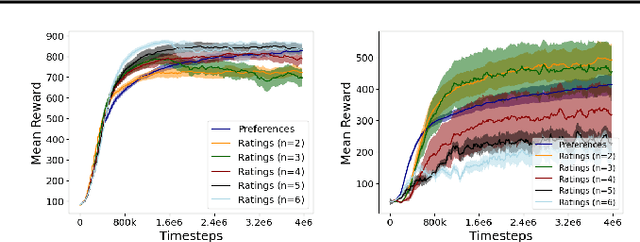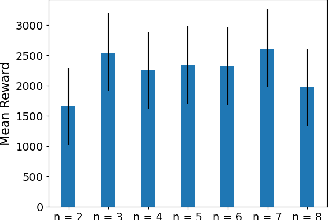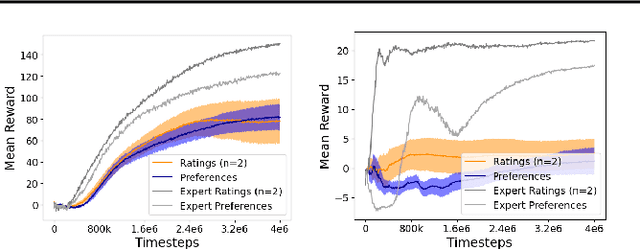Nick Waytowich
Learning Multi-Robot Coordination through Locality-Based Factorized Multi-Agent Actor-Critic Algorithm
Mar 24, 2025Abstract:In this work, we present a novel cooperative multi-agent reinforcement learning method called \textbf{Loc}ality based \textbf{Fac}torized \textbf{M}ulti-Agent \textbf{A}ctor-\textbf{C}ritic (Loc-FACMAC). Existing state-of-the-art algorithms, such as FACMAC, rely on global reward information, which may not accurately reflect the quality of individual robots' actions in decentralized systems. We integrate the concept of locality into critic learning, where strongly related robots form partitions during training. Robots within the same partition have a greater impact on each other, leading to more precise policy evaluation. Additionally, we construct a dependency graph to capture the relationships between robots, facilitating the partitioning process. This approach mitigates the curse of dimensionality and prevents robots from using irrelevant information. Our method improves existing algorithms by focusing on local rewards and leveraging partition-based learning to enhance training efficiency and performance. We evaluate the performance of Loc-FACMAC in three environments: Hallway, Multi-cartpole, and Bounded-Cooperative-Navigation. We explore the impact of partition sizes on the performance and compare the result with baseline MARL algorithms such as LOMAQ, FACMAC, and QMIX. The experiments reveal that, if the locality structure is defined properly, Loc-FACMAC outperforms these baseline algorithms up to 108\%, indicating that exploiting the locality structure in the actor-critic framework improves the MARL performance.
Rating-based Reinforcement Learning
Jul 30, 2023



Abstract:This paper develops a novel rating-based reinforcement learning approach that uses human ratings to obtain human guidance in reinforcement learning. Different from the existing preference-based and ranking-based reinforcement learning paradigms, based on human relative preferences over sample pairs, the proposed rating-based reinforcement learning approach is based on human evaluation of individual trajectories without relative comparisons between sample pairs. The rating-based reinforcement learning approach builds on a new prediction model for human ratings and a novel multi-class loss function. We conduct several experimental studies based on synthetic ratings and real human ratings to evaluate the effectiveness and benefits of the new rating-based reinforcement learning approach.
 Add to Chrome
Add to Chrome Add to Firefox
Add to Firefox Add to Edge
Add to Edge